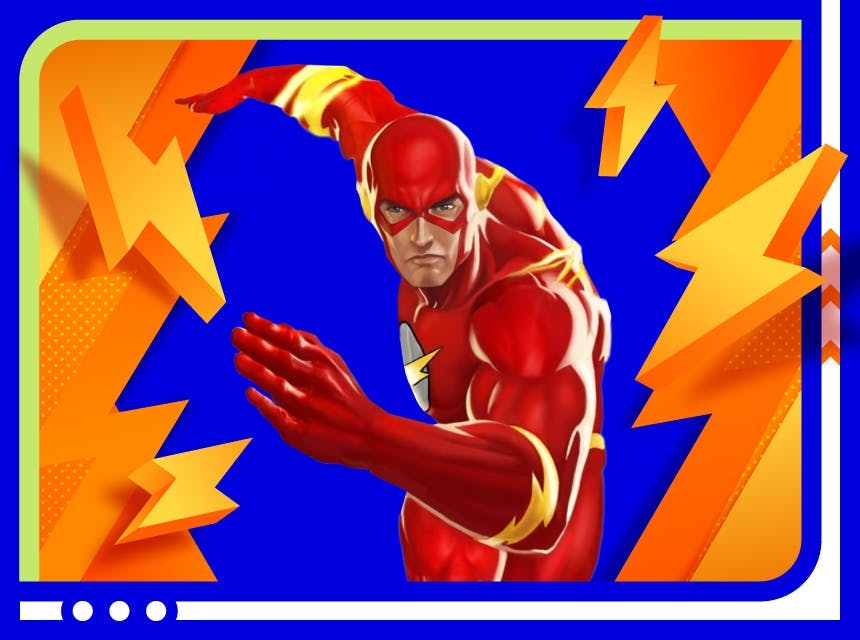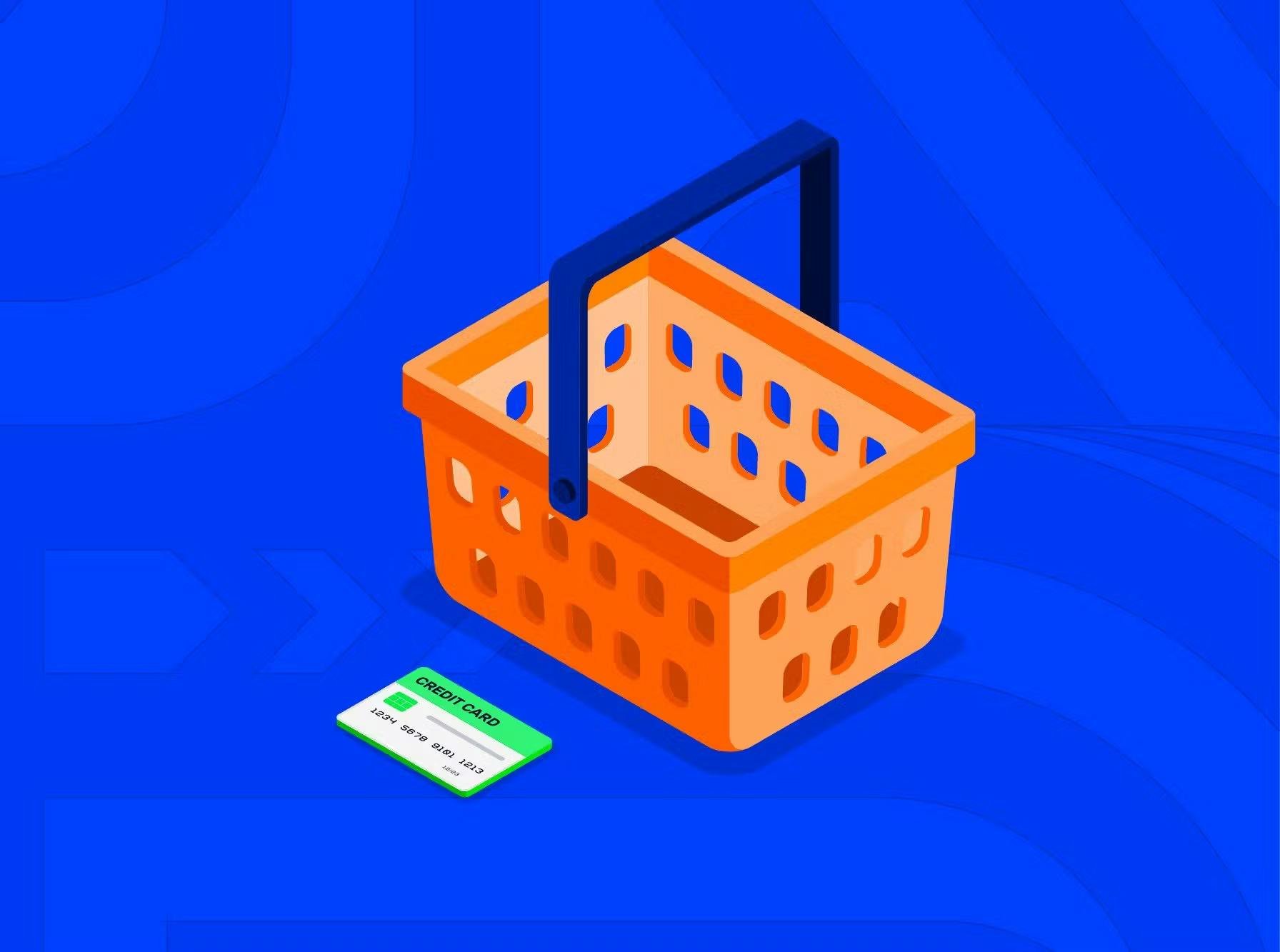When planning a flash sale, preparation is the key, and If you fail to gear up, the consequences might be dreadful. Here they are:
Loss of profits
When it comes to flash sales, miscalculation can cost you a fortune. Make sure that you are ready for expenses needed to prepare a promotion, including landing, advertising, shipping, etc. Otherwise, you may end up losing your money or even reputation.
Blow to the reputation
Imagine the situation where you sold thousands of products for a few hours but failed to ship them promptly. Your customers will wait, then become angry, and after a while, start calling you demanding their orders right away. You can’t answer them all, so they start trashing you on social media. As a result, your reputation is hurt, and you can do nothing about it. When planning a flash sale, keep in mind that buyers, along with sky-high discounts and high-quality products, expect you to provide great customer services afterwards.
Flash sales fatigue
That’s another risk you’d better be aware of. When running sales too often, you can spark the opposite effect you want. People may get tired of your frequent promotions. We’ve already mentioned that flash sales play on FOMO, which is a pleasant feeling but only in small amounts. If you make your customers feel scared and nervous a lot, they’ll get fed up with you eventually.
Disloyal customers
Bargain hunters are attracted to flash sales like bees to honey. And they have no intention to become your loyal customers. All they want is discounts, and the more, the better. So, unless you want to feed good deal seekers, don’t go over the top with sales. They should be like a holiday, long-expected and so pleasant.
Those are real hazards for your bottom line and business in general, but a thought-out plan and careful preparation can easily prevent your sale from failing.





 Most Popular Payment Methods in the World: Analysis by Markets
Most Popular Payment Methods in the World: Analysis by Markets How to Increase Conversions in an Online Store with a Checkout Page
How to Increase Conversions in an Online Store with a Checkout Page How Tranzzo Simplified the Payment Process for Tickets.ua
How Tranzzo Simplified the Payment Process for Tickets.ua Integrating Multiple Payment Methods: Challenges and Solutions
Integrating Multiple Payment Methods: Challenges and Solutions Abandoned Shopping Carts: Why Businesses Lose Revenue and How to Increase the Number of Successful Payments
Abandoned Shopping Carts: Why Businesses Lose Revenue and How to Increase the Number of Successful Payments

